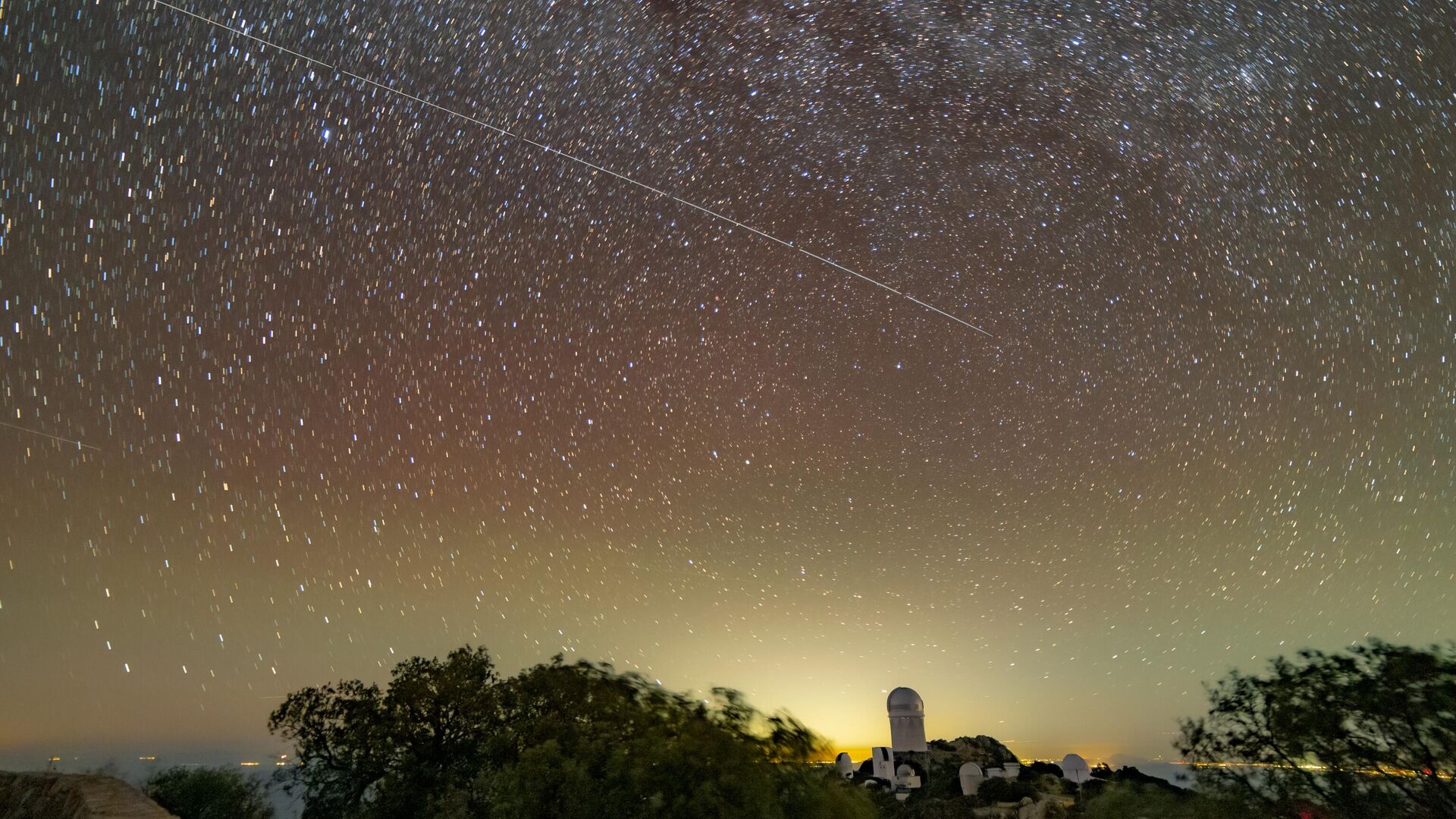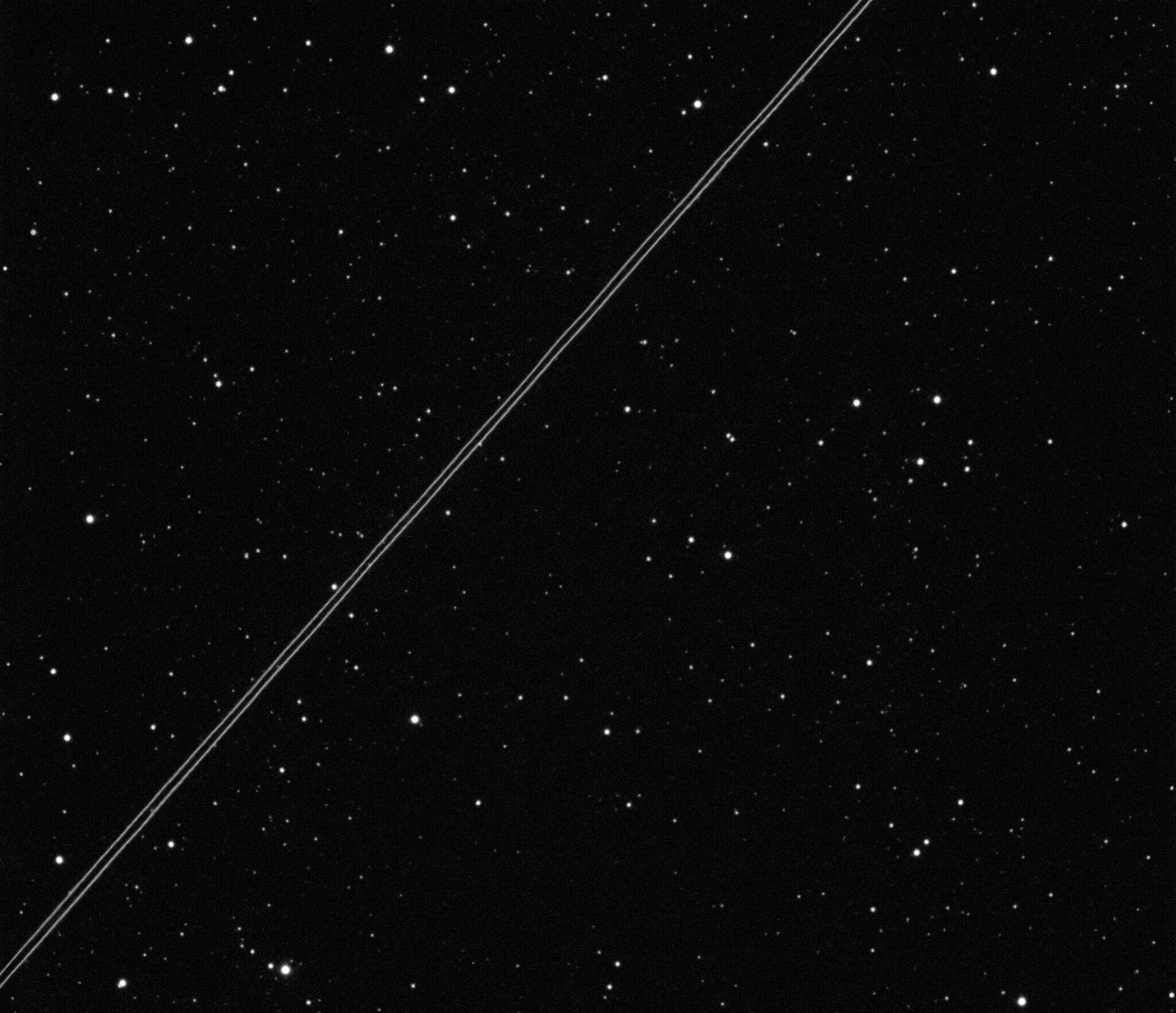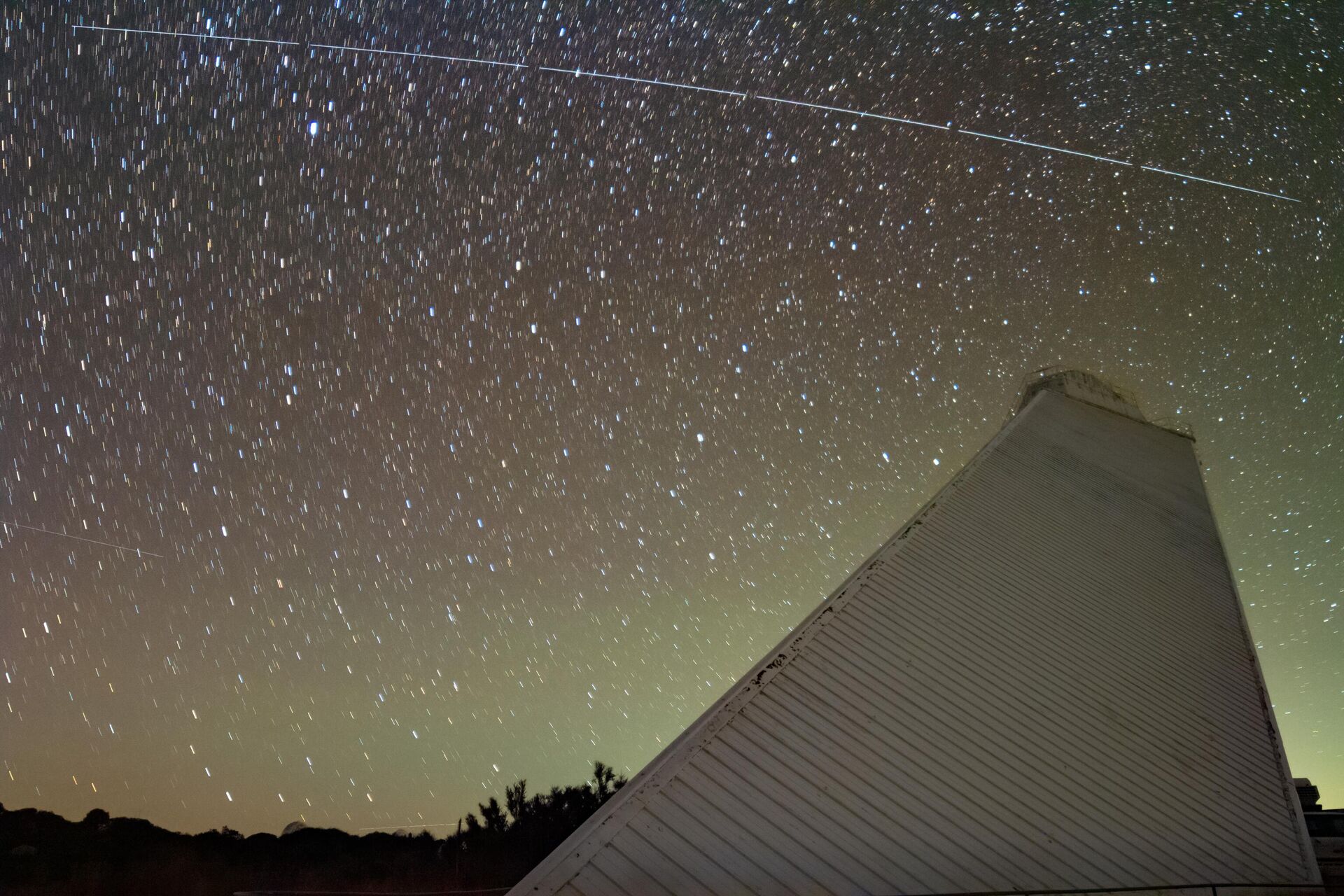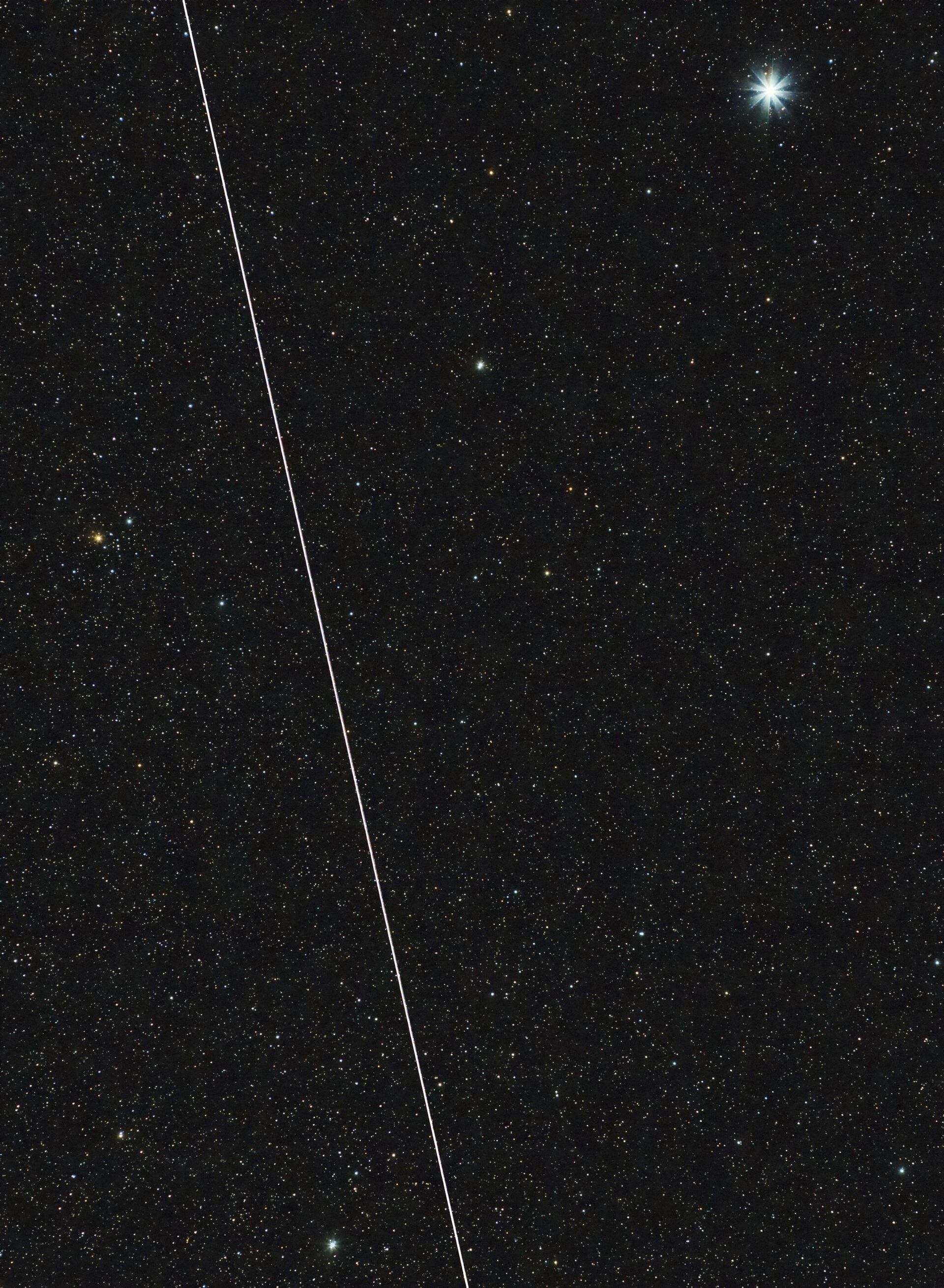https://sputnikglobe.com/20221204/too-bright-and-not-a-star-how-huge-satellite-spoils-space-observations-1105032843.html
Too Bright and Not a Star: How Huge Satellite Spoils Space Observations
Too Bright and Not a Star: How Huge Satellite Spoils Space Observations
Sputnik International
Light pollution is the illumination of the night sky by artificial sources that scatter light into the lower atmosphere, interfering with astronomical... 04.12.2022, Sputnik International
2022-12-04T15:12+0000
2022-12-04T15:12+0000
2022-12-04T15:12+0000
science & tech
observatory
sky
stars
satellite
https://cdn1.img.sputnikglobe.com/img/07e6/0c/04/1105031970_0:160:3073:1888_1920x0_80_0_0_9cf7e9132a32a8af90819a75558e3235.jpg
The International Astronomical Union (IAU) is concerned about the level of light pollution emanating from Texas-based AST SpaceMobile's new BlueWalker 3 artificial satellite, which was recently launched into orbit. Scientists have issued a collective statement noting that the 64m2 phased array orbiter has turned out to be one of the brightest objects in the night sky and could hinder scientific research.The space researchers in their appeal point to the "unprecedented brightness" of the artificial object in orbit and note their concern over the fact that AST SpaceMobile plans to launch dozens of additional BlueWalker-like satellites in the future.The researchers published a photo of BlueWalker 3 moving along the night sky to prove their point.Another problem, according to the scientists, is that BlueWalker 3 is essentially a very powerful space cell tower. The device is designed to transmit radio signals and provide satellite communications to conventional smartphone owners. The bottom line is that these radio signals could interfere with the use of radio telescopes on Earth, the IAU believes.In response to the scientists' statement, AST SpaceMobile said:
Sputnik International
feedback@sputniknews.com
+74956456601
MIA „Rossiya Segodnya“
2022
News
en_EN
Sputnik International
feedback@sputniknews.com
+74956456601
MIA „Rossiya Segodnya“
Sputnik International
feedback@sputniknews.com
+74956456601
MIA „Rossiya Segodnya“
ast spacemobile bluewalker 3 satellite, what is the problem with observing cosmos, light pollution what the cause, too bright satellites
ast spacemobile bluewalker 3 satellite, what is the problem with observing cosmos, light pollution what the cause, too bright satellites
Too Bright and Not a Star: How Huge Satellite Spoils Space Observations
Light pollution is the illumination of the night sky by artificial sources that scatter light into the lower atmosphere, interfering with astronomical observations and altering the biorhythms of living beings, causing some of them to die.
The International Astronomical Union (IAU) is concerned about the level of light pollution emanating from Texas-based AST SpaceMobile's new BlueWalker 3 artificial satellite, which was recently launched into orbit.
Scientists have
issued a collective statement noting that the 64m
2 phased array orbiter has turned out to be one of the brightest objects in the night sky and could hinder scientific research.
The space researchers in their appeal point to the "unprecedented brightness" of the artificial object in orbit and note their concern over the fact that AST SpaceMobile plans to launch dozens of additional BlueWalker-like satellites in the future.
"New measurements reveal that this low Earth orbiting satellite is now one of the brightest objects in the night sky, outshining all but the brightest stars," said a collective letter from scientists at the IUA, which includes about 12,000 specialists.
The researchers published a photo of BlueWalker 3 moving along the night sky to prove their point.
Another problem, according to the scientists, is that BlueWalker 3 is essentially a very powerful space cell tower. The device is designed to transmit radio signals and provide satellite communications to conventional smartphone owners. The bottom line is that these radio signals could interfere with the use of radio telescopes on Earth, the IAU believes.
“Astronomers build radio telescopes as far away as possible from human activity, looking for places on the planet where there is limited or no cell phone coverage. Frequencies allocated to cell phones are already challenging to observe even in radio quiet zones we have created for our facilities. New satellites such as BlueWalker 3 have the potential to worsen this situation and compromise our ability to do science if not properly mitigated."
Philip Diamond
SKAO Director-General
In response to the scientists' statement, AST SpaceMobile said:
“We are eager to use the newest technologies and strategies to mitigate possible impacts to astronomy. We are actively working with industry experts on the latest innovations, including next-generation anti-reflective materials... We are also engaged with NASA and certain working groups within the astronomy community to participate in advanced industry solutions, including potential operational interventions.”




